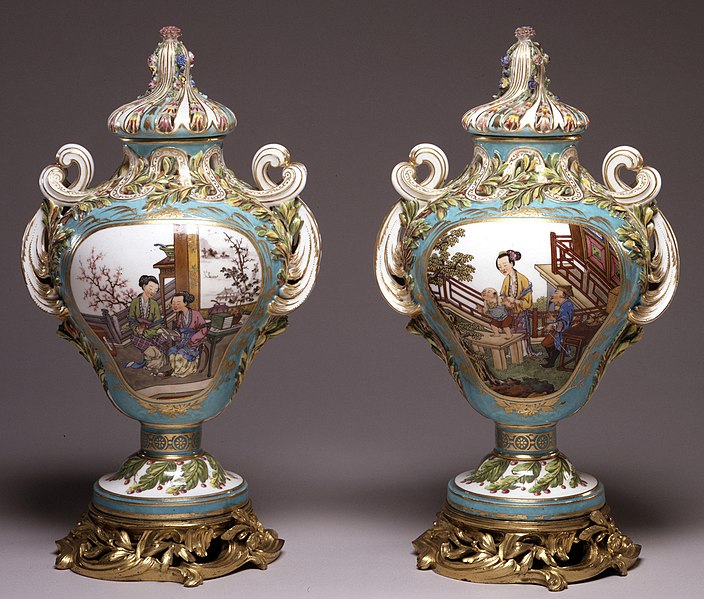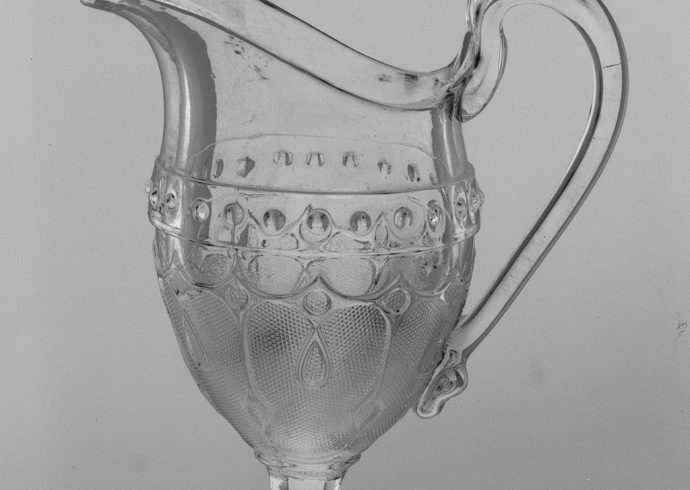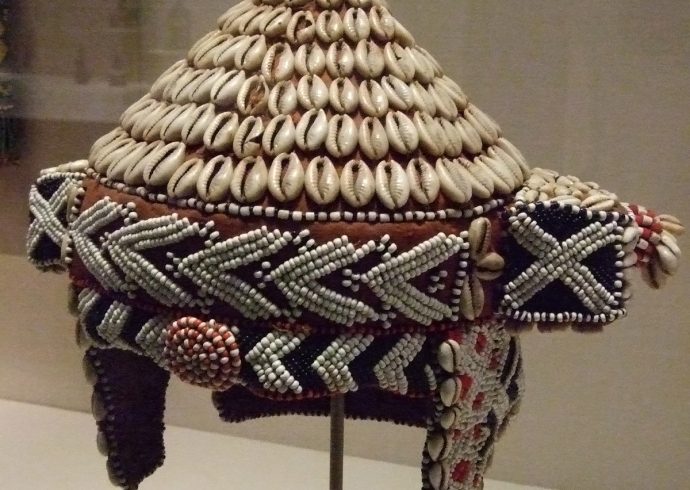
The History of Sevres China
Sevres china has its roots in the small town of Vincennes back in 1740 in France. The china company expanded quickly and by 1756, relocated to Sevres in the Limoges district of France. Louis XV was taken by the quality of the china, which was fit for a king, and quickly became a patron of the factory where the beautiful china was made. The first pieces of Sevres china was called “soft porcelain” that was fired at a low temperature instead of a high temperature, which made it highly sought after by French royalty. The only problem with this china was that it broke easily due to the extremely fragile quality. That was soon rectified through the discovery of kaolin in Limoges, which would eventually be added to the recipe for Sevres china. Kaolin is a clay silicate mineral, which makes it perfect in the manufacture of china, porcelain, and other valuable potteries. Kaolin was easy to mine and occurred in natural deposits in Europe, the United States, and Asia, and is used in a variety of other industries. Sevres became officially sanctioned by the French king as the main china manufacturer of the royal court.
Sevres produced a wide variety of objects using the original soft porcelain formula: candlesticks, coffee and tea services, vases, dresser basins, pitchers, and many others, frequently painted in bright colors, especially the background, with a real life portrait in softer colors, surrounded by a gilt frame on the object. Flowers, braids, and more would complete the finished piece of china.
By 1768, Sevres china changed in formula. A deposit of kaolin was found in Limoges, and the substance was perfect for making the china stronger and harder, which would help it last longer, too. Harder china meant that it could be formed into figurines like the one called “Flute Lesson.” Sevres china was not quite the same once the formula was changed to hard porcelain in 1805, but the factory remained in operation well into the twentieth century. The most valuable pieces are those made before 1805, and remain in museum collections for the most part. In the nineteenth century, Alexandre Brongniart oversaw operations at Sevres. He was responsible for the installation of cost effective means in the production of the china.
The Neoclassical style dominated, with rich jewel toned paints and plenty of gilt that would have made a happy home in Louis XV’s palace. In the latter part of the century, the designs for the china evoked the Renaissance and Asian influences. As with other valuable porcelain and glassware, cheap imitations have also been made and marked with the Sevres famous double L. Those pieces claiming to be manufactured before 1805 should be proceeded with caution as not many of the pieces exist among the general public.
Image Credit: Majo statt Senf, CC BY-SA 3.0, via Wikimedia Commons.


